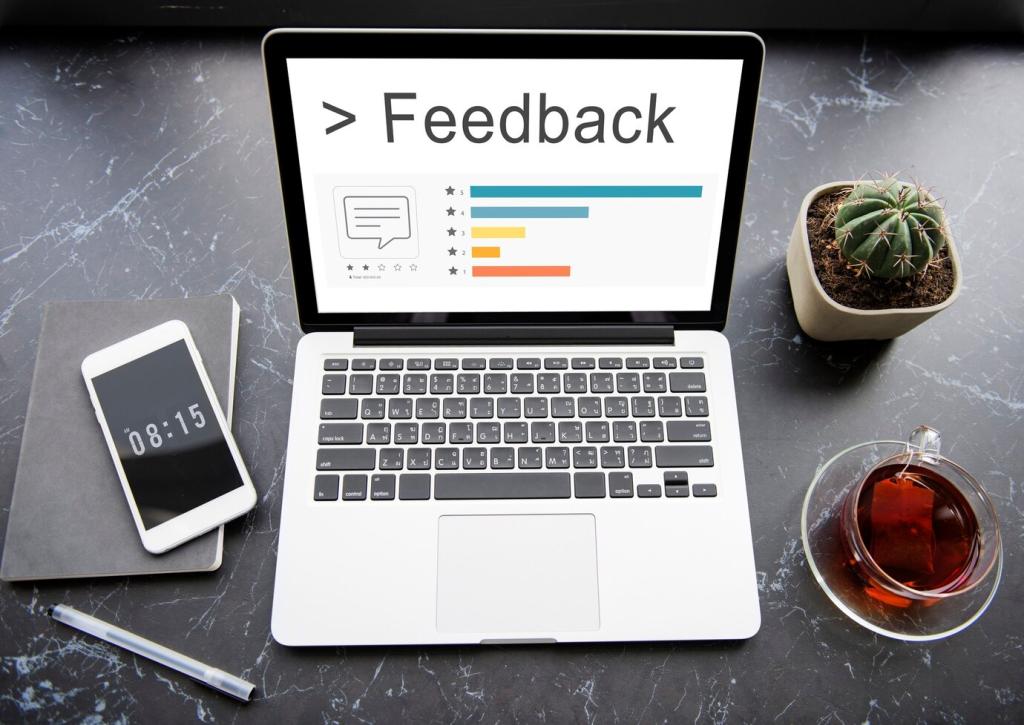Sustainability and Repairability Metrics
Portable spectrometers help identify plastics and alloys, informing recycling pathways and durability expectations. Combined with BOM analysis, we quantify environmental trade-offs and highlight elegant substitutions that reduce impact without dulling performance or delightful user experience.
Sustainability and Repairability Metrics
We weight fasteners, adhesive use, and spare-part access by real repair time, not just presence. The result is a score that predicts whether your Saturday afternoon can actually save a device instead of ending in cracked bezels and regret.








